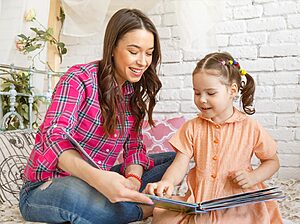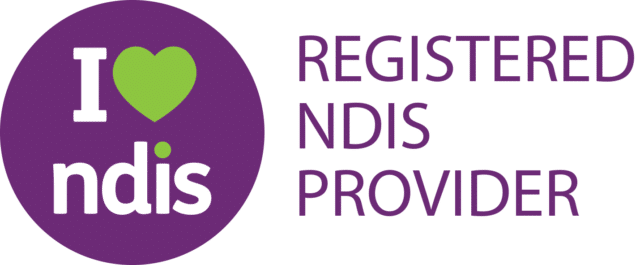Reading to children is known to be vitally important for language development. However, while we are used to the traditional format of reading aloud to children while they sit and listen, it is important to actually encourage a dialogue with the child regarding the book. This technique of shared reading is known as “dialogic reading”.
Dialogic reading is interactive, and encourages the child’s engagement with the story, by making them the storyteller of the book. It involves asking open ended questions about the text, the pictures, the characters and the story itself.
There are many benefits to adopting the technique of dialogic reading during your next storytime with your child such as:
1. Improving verbal fluency
2. Developing narrative skills
3. Defining new vocabulary
4. Improving print awareness, oral language and comprehension and,
5. Introducing story components
How to Encourage Dialogic Reading?
The fundamental reading technique to encourage dialogic reading is the PEER technique.
P
Prompt your child to say something about the book. Ask your child a question about something on the page. E.g: “what is this?”
E
E
R
Repeat the prompt. Have your child repeat your expansion or even re-reading the book and repeating the prompt once again. E.g: “can you say that?”
There are 5 types of prompts used in dialogic reading which can be remembered as CROWD.
C
R
Recall prompts. These are questions that are used in a book that your child has already previously read. They encourage story retell, understanding the plot of the story as well as sequencing of the events. E.g. “can you tell me what happened to the 3 pigs in this story?”
O
W
Wh prompts. They usually begin with “who”, “what”, “where”, “when”, “why” and “how” questions. These prompts help in building vocabulary. E.g. “what is this? And what is it used for?”
D
When engaged in dialogic reading it is important to:
- Keep reading fun and light
- Vary the types of prompts used
- Allow your child to select the book and allow them to feel like they are in charge
- Encourage your child to be creative in their response.
Before children learn to read, they learn the sounds of language by listening and speaking. When young readers join their voices together in shared reading, their language development, literacy skills and confidence soar.
At Communicate our preschool screening can often identify early on children who may need assistance with their language development.
At Communicate, we have been partnering with parents and children to treat language and literacy difficulties since 2004. Our team of qualified and practicing speech therapists receive comprehensive training with regular sessions on the latest research to boost clinical skills.




